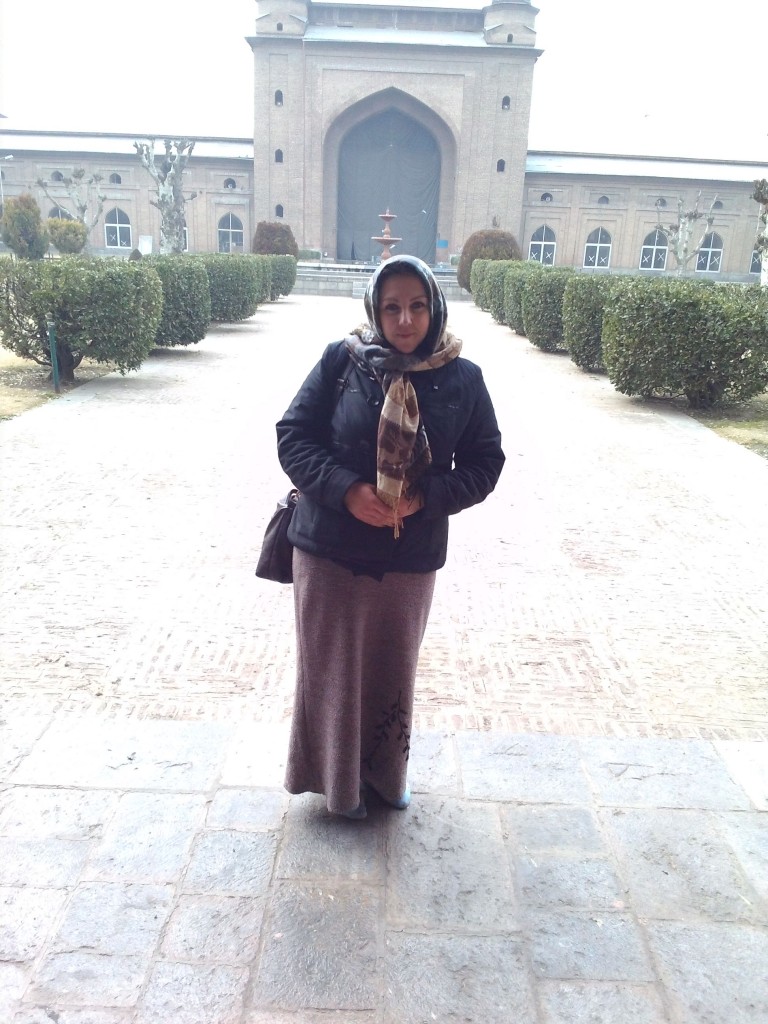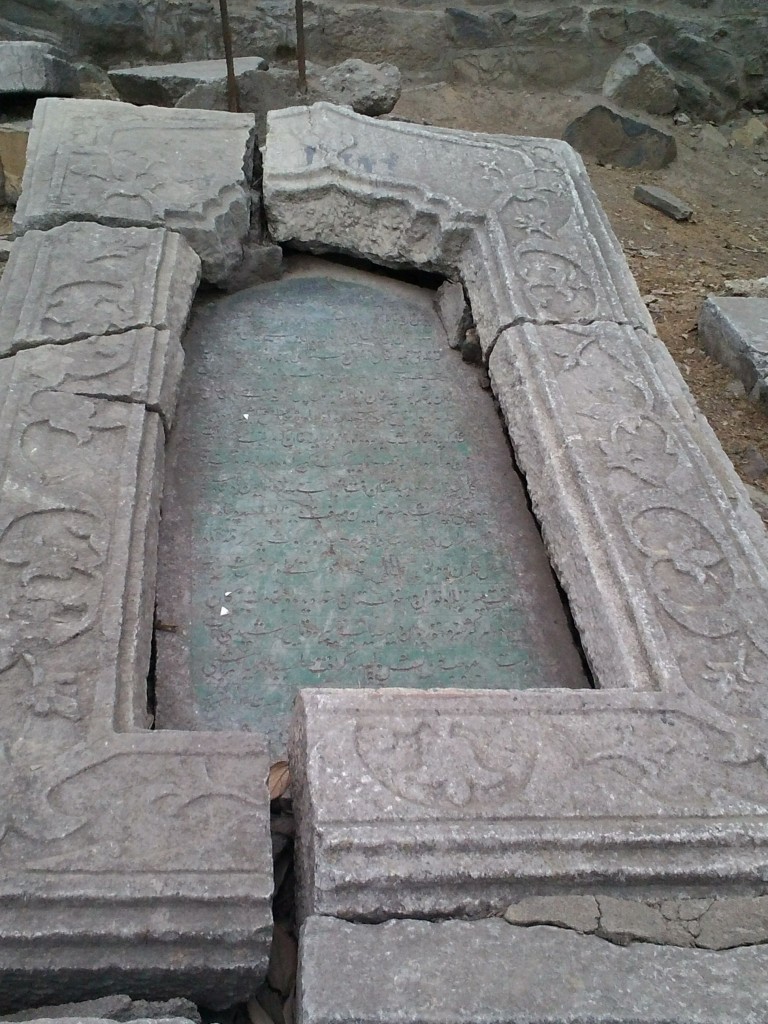ASTANA – Teacher of Kazakh history Olga Kovtun’s favourite era to help students discover is the birth of the Kazakh state in the mid-15th century. But she also knows that the printed page is sometimes not enough to kindle a flame of interest – so instead, she took a trip in January to see and touch the grave of the Mogul historian who captured the events of that period for history and for her students today.
“Just dry history, it does not touch your heart,” Kovtun, who teaches at Karaganda Medical University, said in a July 23 interview. “But if you can see, if you visit, if you have the opportunities to go, [this can make history feel alive]. And if you are able to share your emotions and your interest, you are able to touch the hearts of your audience.”
In January, Kovtun travelled to Sringar, Kashmir, to see the grave of Mirza Muhammad Haidar Dughlat (Dulati), the Mogul general, statesman and writer who described the foundation of the Kazakh state in his work “Tarikh-i-Rashidi” (“Rashidi’s History”).
“He is the single historian who has given us the date of the [foundation of] the Kazakh Khanate – 1465, 1466, according to his description,” she said. Dughlat described how Khans Janibek and Kerei, the founders of the Kazakh state, left the union of Central Asian tribes created by Abul-Khair Khan and founded their own independent khanate in a corner of modern-day southeast Kazakhstan, on the banks of the Zhetysu River. Some 50 years later, Dughlat was travelling in the region, which was at that time on the border of the Mogul Empire, Kovtun said. He met the Kazakh Khan Kassym and took down the history of the then-fledgling state.
Kovtun knew that the grave was in Kashmir from historian and former Chairman of the Spiritual Administration of the Muslims of Kazakhstan Absattar Derbisali, who visited the grave a decade or so ago and has translated its inscription. Not speaking Farsi herself, Kovtun couldn’t tell which of the tombs belonged to the historian so significant to Kazakh history, so, she said, she took pictures of every old grave that looked to be inscribed in that language. When she sent her photos to Derbisali, he identified the correct one.
The cemetery is a tourist destination, but while guides show other visitors to some of the famous graves there, the first chronicler of the Kazakh state is not well-known. “People in Kashmir don’t know who this historian is, generally. His grave is a not a major destination,” she said. Kovtun may be one of only a few Kazakh citizens ever to visit the site, an idea that makes the professor laugh.
As for Kashmir, “Kashmir is paradise,” she said. “It’s true. It’s too beautiful. If you have a chance to visit, go right away.”
Kovtun herself combined her historical pilgrimage with a trip to the Taj Mahal, which she said she had always wanted to see. She also said her students get more excited when she is able to tell them about history she has seen and walked through.
“I try to make history not just dry facts,” Kovtun said. “We have the opportunities to touch history with these short trips, with real conversations.”




